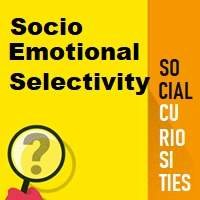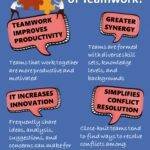
Socioemotional Selectivity Theory
The theory of Socioemotional Selectivity is another lifespan theory that helps explain the shift of personal goals and behaviors with age. This theory was developed by Stanford psychologist Laura L. Carstensen and is a life-spanning theory of motivation.
The theory maintains that as time horizons shrink, as they typically do with age, people become increasingly selective, investing greater resources in emotionally meaningful goals and activities. According to the theory, motivational shifts also influence cognitive processing.
This theory introduces the concept of future time perspective, which refers to one’s perception of time and of how much time is left. The pursuit of social goals changes as one ages; younger people view the future as more distant than older people do.
Therefore, according to this theory, younger people value future investments and focus more on goals linked to knowledge acquisition, career planning, and the development of new social relationships that can potentially pay off in the future.
Older people, on the other hand, are more focused on current and emotionally important relationships and goals concerning emotional regulation. This selective narrowing of social interaction maximizes positive emotional experiences and minimizes emotional risks as individuals become older.
According to this theory, older adults systematically hone their social networks so that available social partners satisfy their emotional needs; for example, psychological well-being.
Knowledge-related goals aim at knowledge acquisition, career planning, the development of new social relationships and other endeavors that will pay off in the future. Emotion-related goals are aimed at emotion regulation, the pursuit of emotionally gratifying interactions with social partners and other pursuits whose benefits can be realized in the present.


